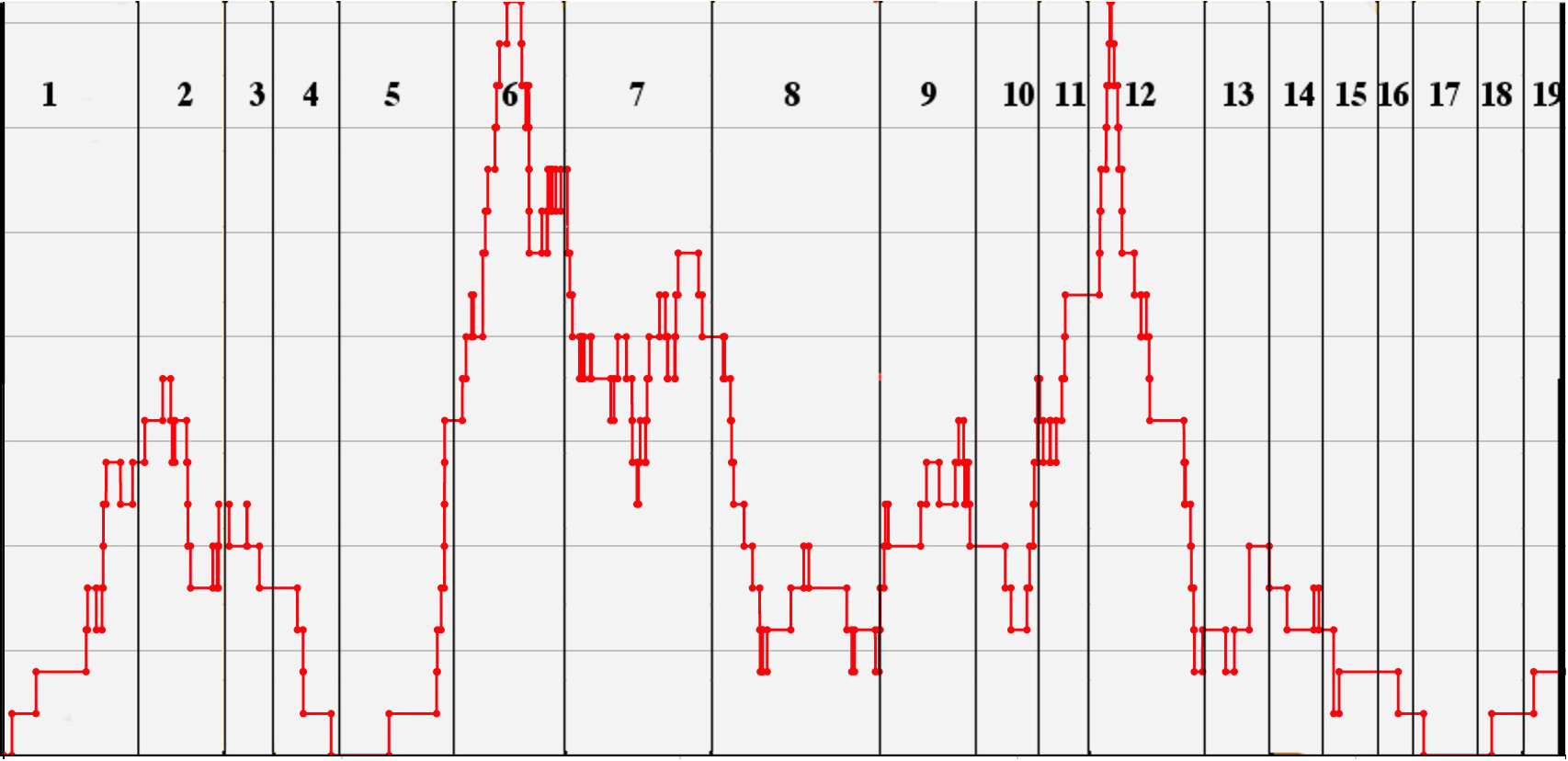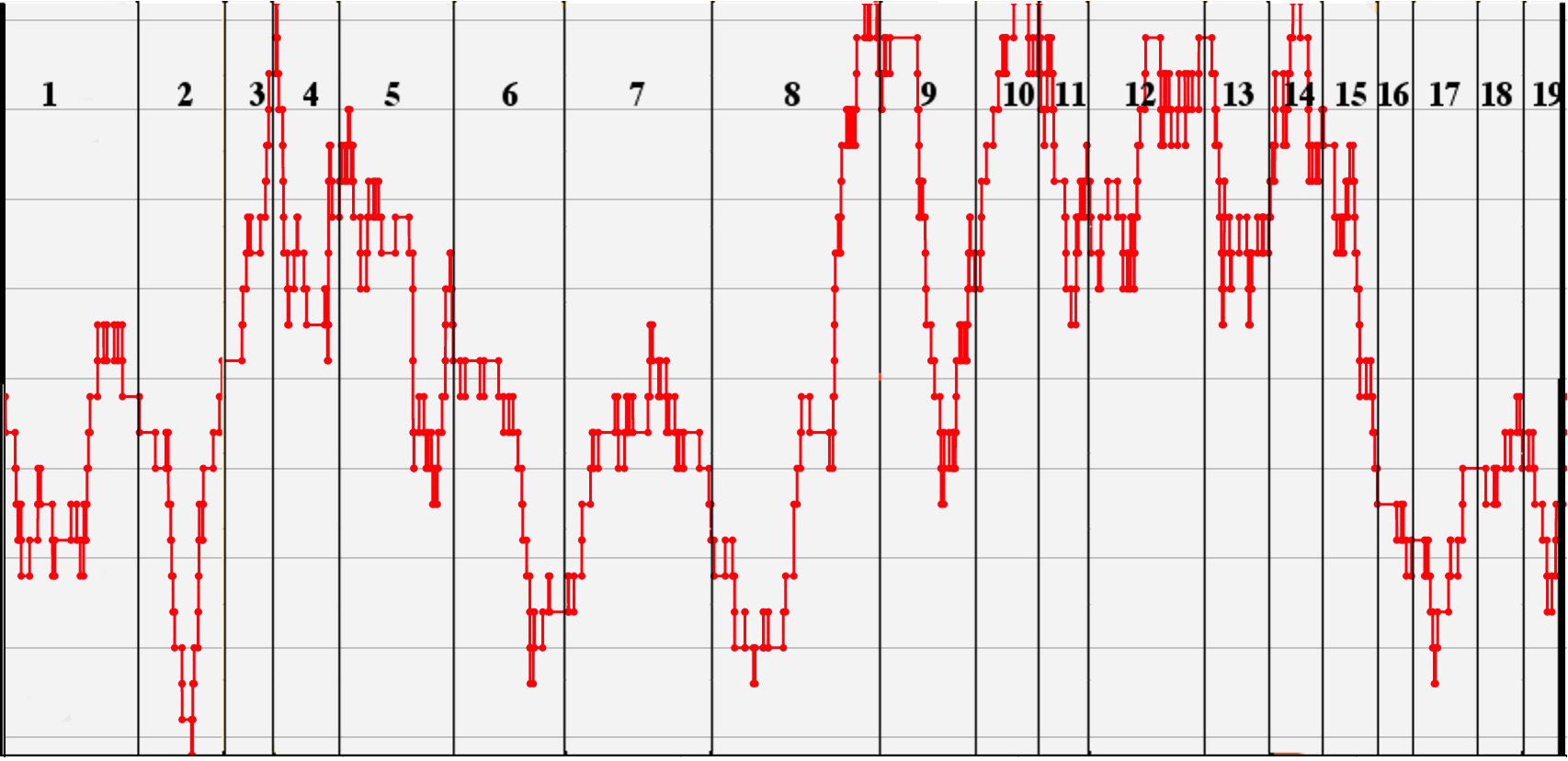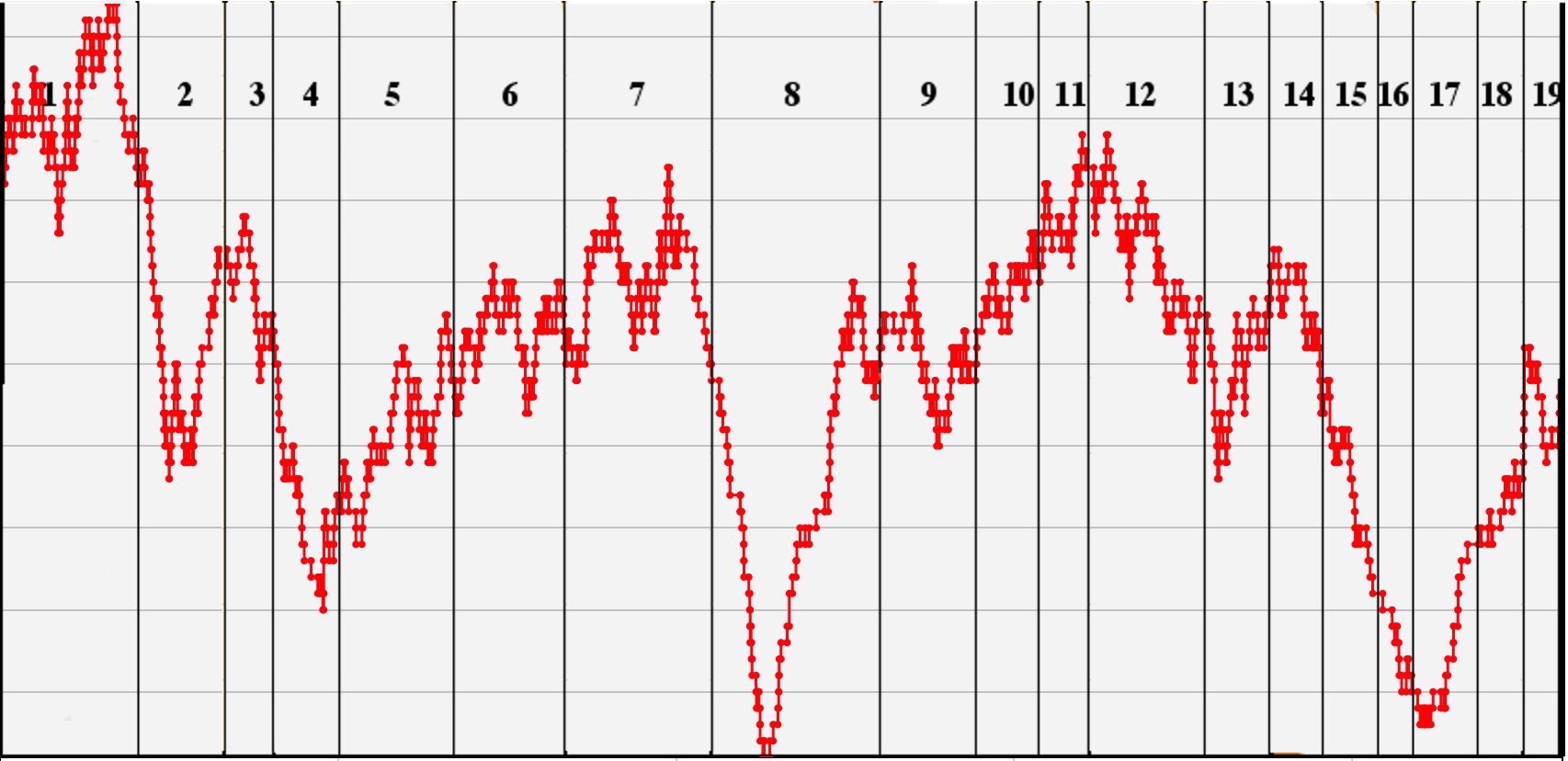Good morning, Word Fans!
It will be my pleasure to talk about hyphens at the Tolkien in Vermont conference in early April with fellow scholars – perhaps I’ll see you there? Folks can find my references right here for their convenience. The slides are posted here as well.
Works Cited
Alden, L. F. S. “A Tolkien Concordance”. Words That You Were Saying: An adventure through the words of The Hobbit. WordPress, 2015. https://wordsthatyouweresaying.blog/concordance/
Alden, L. F. S. “Hyphen Mini-Concordance”. Words That You Were Saying: An adventure through the words of The Hobbit. WordPress, 2017. https://wordsthatyouweresaying.blog/2017/05/13/hyphen-mini-concordance/
Alden, L. F. S. “Uncommon Words Revealing Adventures in Mirkwood” Words That You Were Saying: An adventure through the words of The Hobbit. WordPress, 2015. https://wordsthatyouweresaying.blog/2015/06/14/uncommon-words-revealing-adventures-in-mirkwood/
Burroughs, F. G., Jr. Old English. Bowdoin College. Autumn, 1984. Lecture.
Carroll, Lewis. Through the Looking-Glass. Project Gutenberg, 2016. E-book.
Drout, Michael. “Germanic languages allow compounding…” Michael Drout: Timeline. Facebook, September 19, 2017. Informal post with disclaimer.
Flieger, Verlyn (2002-01-28). Splintered Light: Tolkien’s World, Revised Edition (Kindle Locations 931-940). Kent State University Press. Kindle Edition.
GIMP: GNU Image Manipulation Program. Open source software. Web. https://www.gimp.org/
LeBlanc, M.D., Drout, M., Kahn, M., Kleinman, S. Lexomics Tools. Wheaton College, 2013. Web. http://lexos.wheatoncollege.edu/
OED Online. Oxford University Press, March 2015, http://www.oed.com. Various dates 2015-2017.
Olsen, Corey. Exploring J.R.R. Tolkien’s The Hobbit. Boston: Houghton Mifflin Harcourt, 2012. Print.
Parsons, Catriona NicIomhar. Gàidhlig Immersion Week. Colaisde na Gàidhlig. August, 1996. Lecture.
Tolkien, J. R. R. A Secret Vice: Tolkien on Invented Languages, edited by Dimitra Fimi and Andrew Higgins. HarperCollins Publishers. Kindle Edition.
Tolkien, J. R. R. “On Faerie Stories.” The Tolkien Reader. New York: Ballantine Books, 1966 (first Printing). Print.
Tolkien, J.R.R. The Annotated Hobbit. Revised and expanded edition annotated by Douglas A. Anderson. Houghton Mifflin Company. Boston. Print.
Tolkien, J.R.R. The Hobbit: or There and Back Again. The Children’s Book Club.
Tolkien, J.R.R. The Letters of J.R.R. Tolkien. Edited by Humphrey Carpenter. Houghton Mifflin Harcourt. Kindle Edition.


 As the Tolkien Professor would say, “What do we see?” Here’s a clue we can use to compare the charts: Lexos makes the chart fit the space, even if the height of the red line is on a different scale from chart to chart. Since the JRRT words number just under half of the total hyphenated words, know that the scale is doubled. In other words, the “pretty full in the beginning of chapter five” appearance of the red line on the first, JRRT, graph would be equal to “filling up just about half of the available height” on the second, All Hyphens graph.
As the Tolkien Professor would say, “What do we see?” Here’s a clue we can use to compare the charts: Lexos makes the chart fit the space, even if the height of the red line is on a different scale from chart to chart. Since the JRRT words number just under half of the total hyphenated words, know that the scale is doubled. In other words, the “pretty full in the beginning of chapter five” appearance of the red line on the first, JRRT, graph would be equal to “filling up just about half of the available height” on the second, All Hyphens graph.